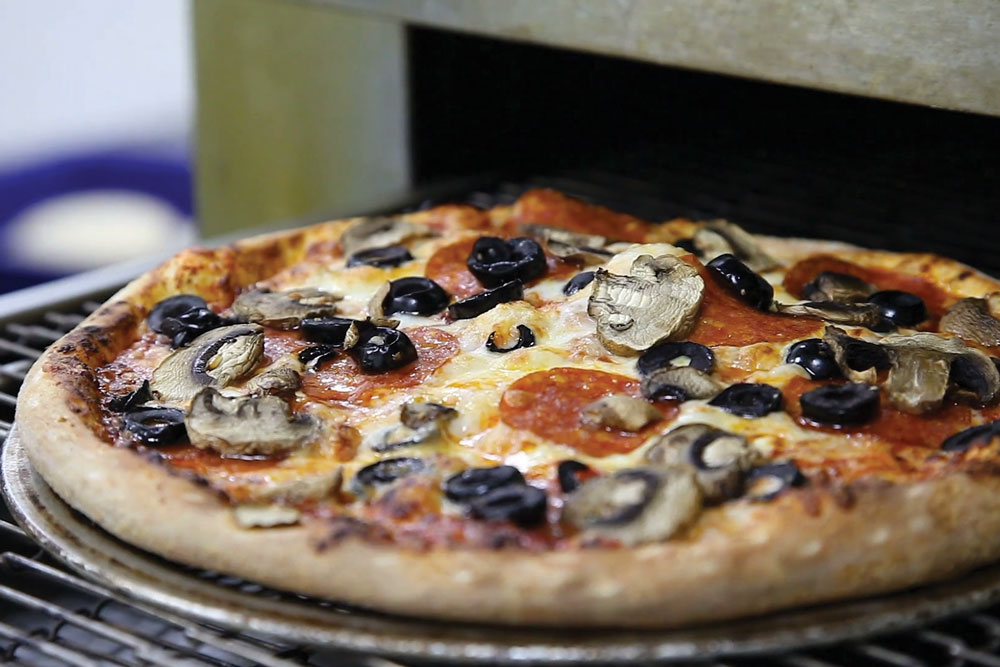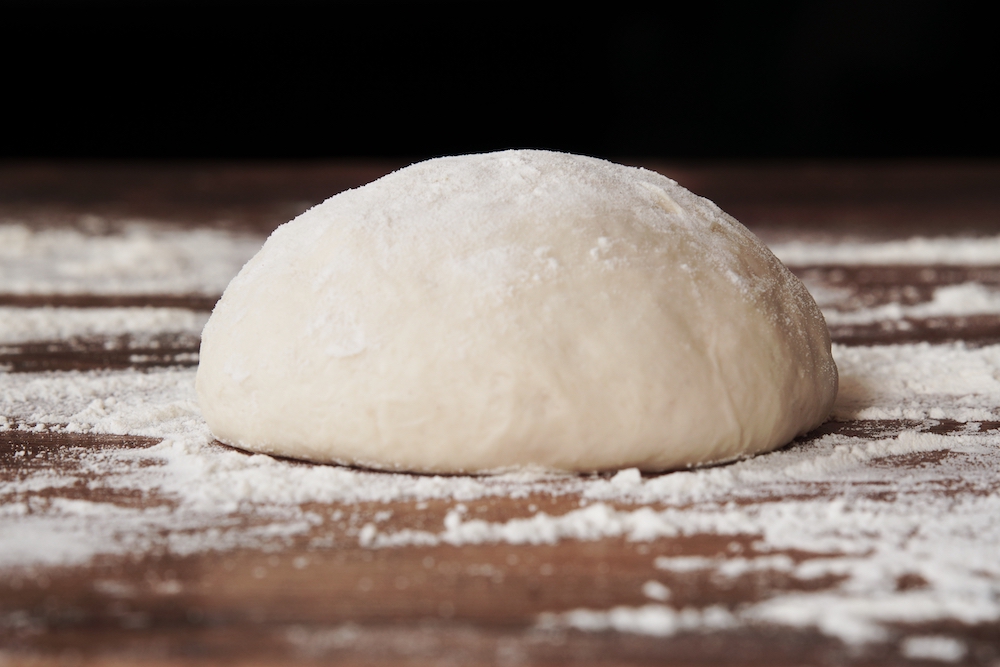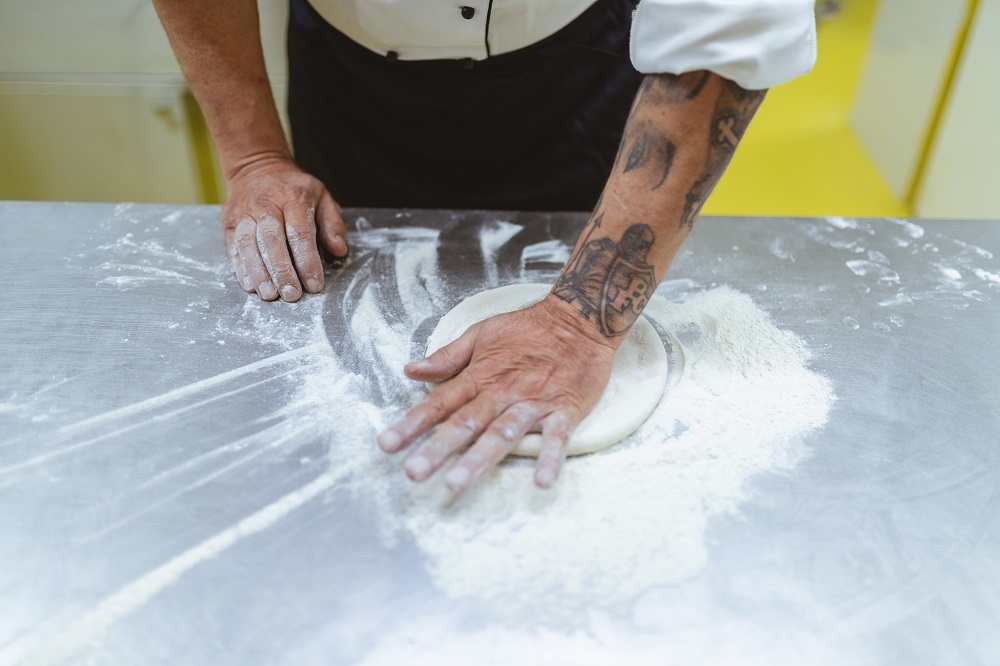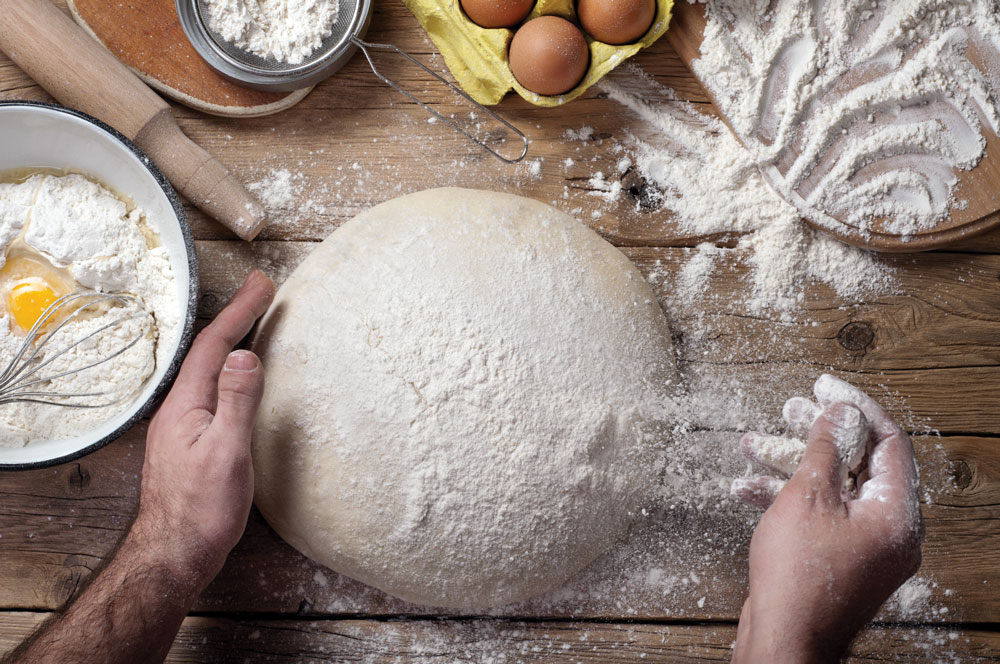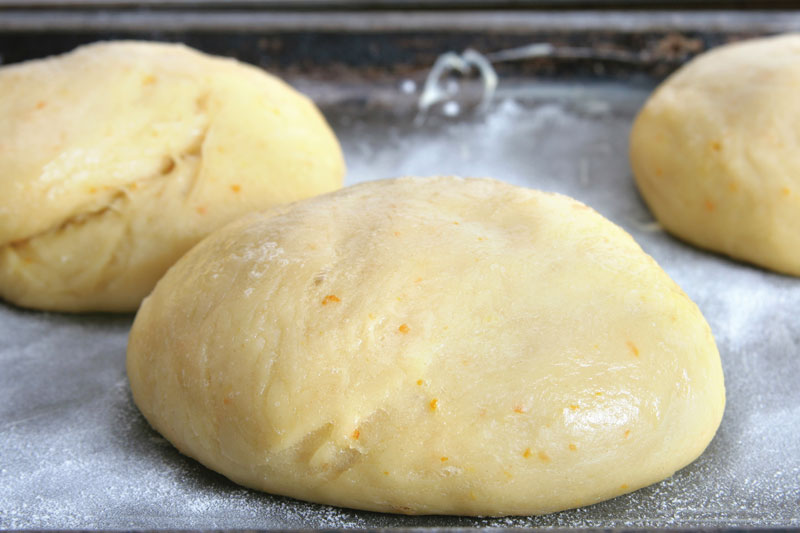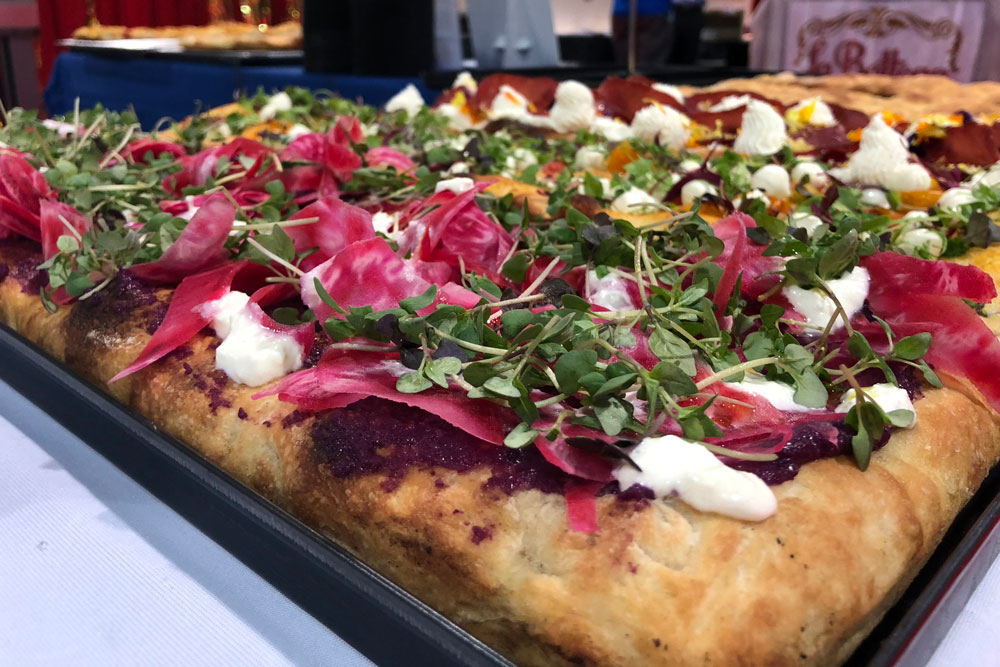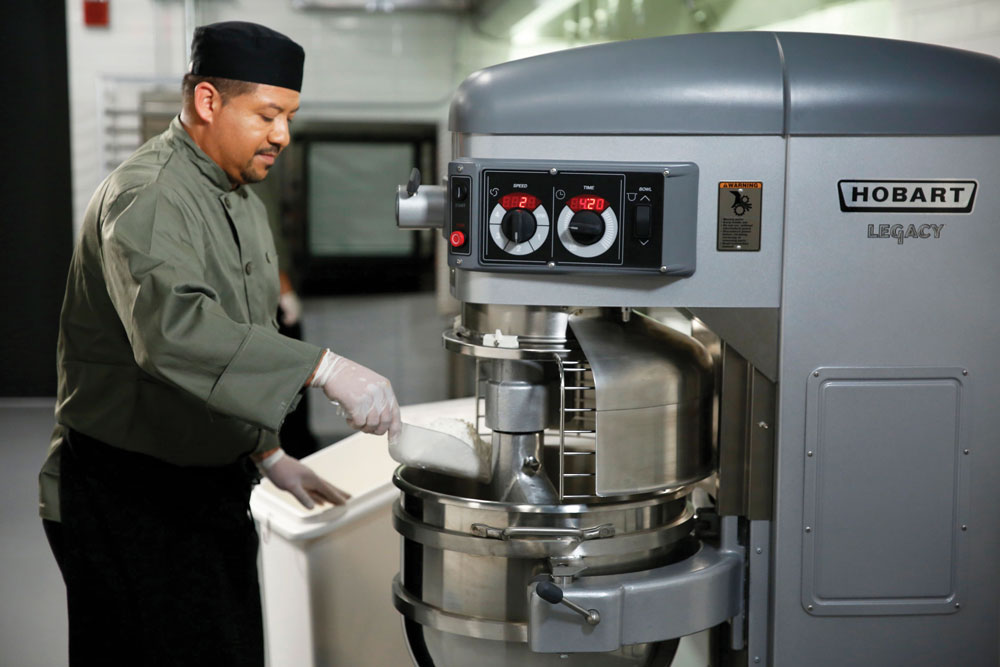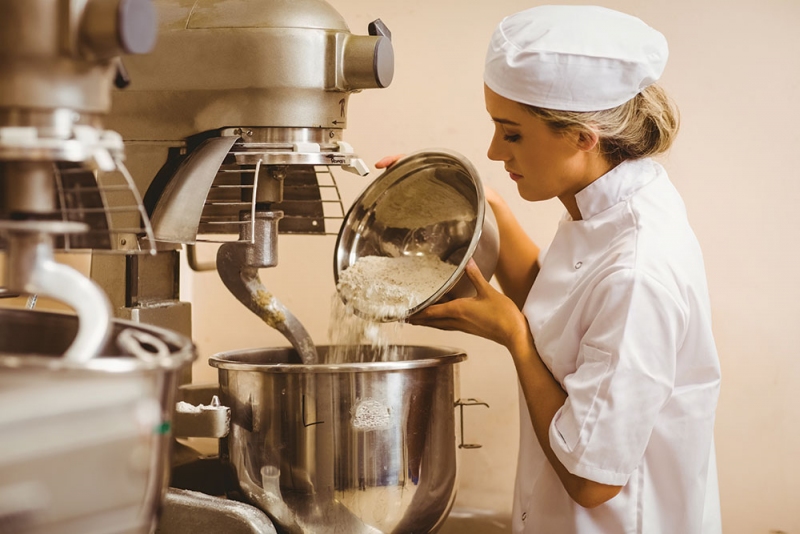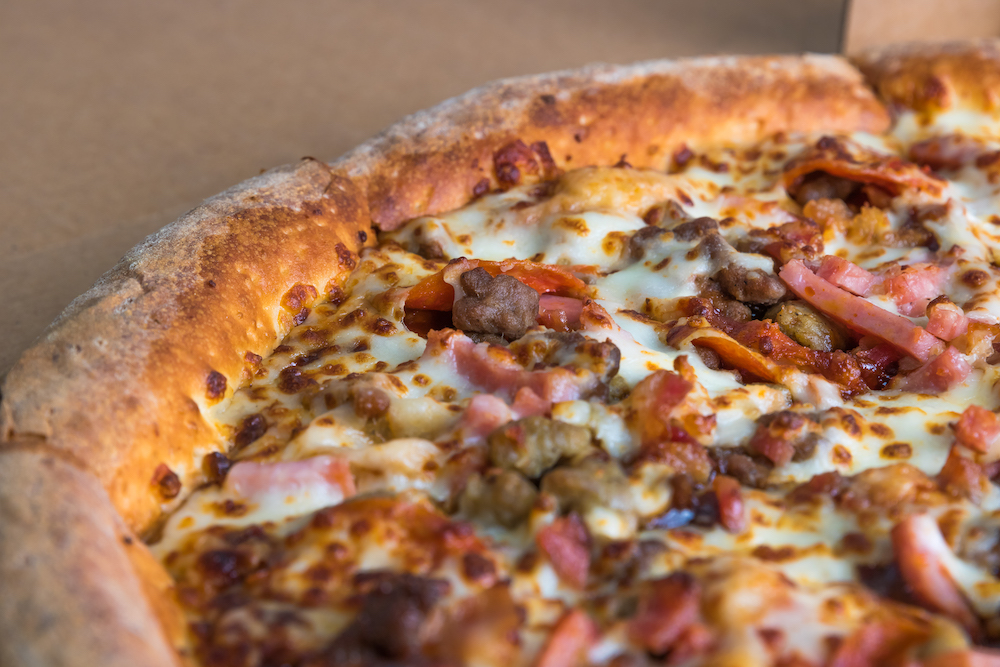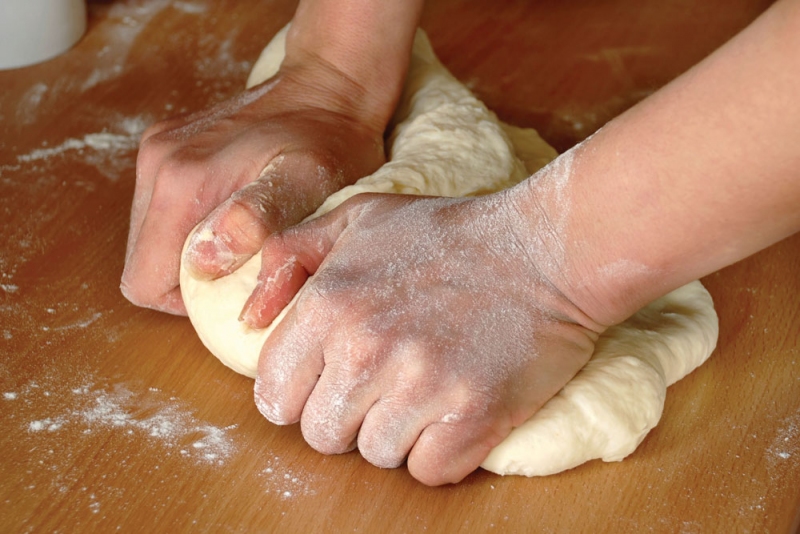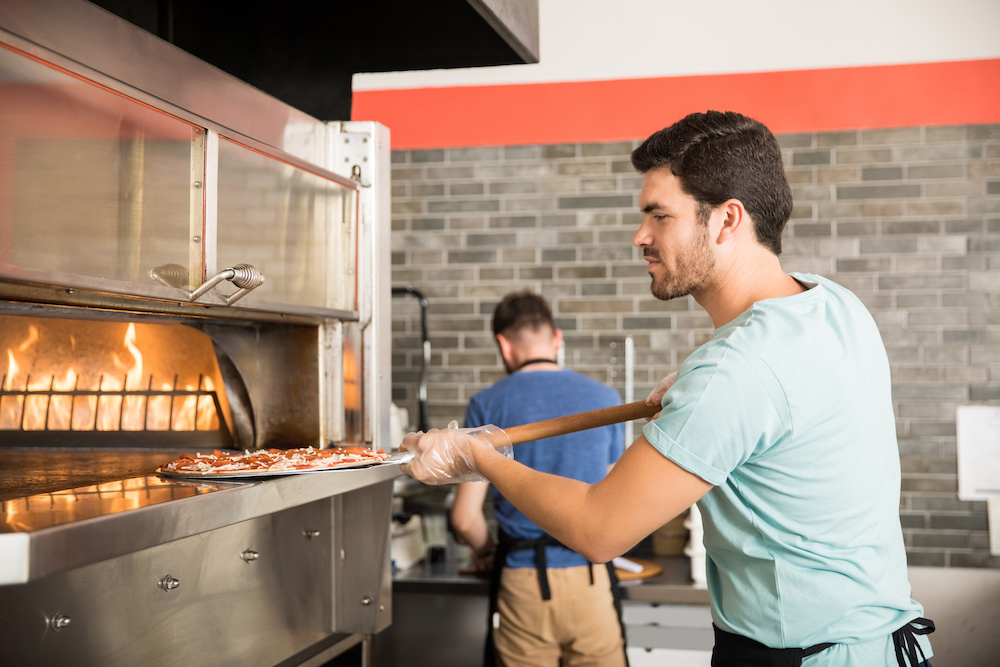Q: What are the secrets of achieving a pocket-free par-baked crust with an air impingement oven?
A: Par-baking a pizza crust in an air impingement oven can be a dicey proposition, thanks to the high-velocity airflow to the top and bottom of the crust. This can lead to the development of pita-like pockets in your crust. Since there are many different ovens of this type and a myriad of baking finger profiles, it’s impossible to provide specific baking times and temperatures—they will always depend on your specific dough formulation, crust size/weight and baking profile. However, I recommend this five-step method for par-baking crusts in your air impingement oven:
Step 1: Heavily dock the dough skin immediately prior
to baking.
Step 2: Allow the dough skin to rest/proof for a few minutes prior to baking.
Step 3: Par-baking crusts requires a lower baking temperature than pizza. This will usually be in the 375° to 400°F range, but you will need to determine what works best in your oven.
Step 4: Keep the baking time rather short—only about two minutes, give or take 30 seconds. This is critical! Ten seconds too long can mean the difference between a pizza crust and a pita, and 10 seconds too short can result in the crust’s collapse while cooling.
Step 5: If your par-baked crusts start collapsing or develop what appear to be oil spots on the surface (actually localized areas where the dough has collapsed), you’ll need to increase the baking time. However, this will also raise the probability of pocket formation, so you will most likely want to reduce the baking temperature by 15° to 25°F at the same time. It’s a balancing act to get the crusts sufficiently baked so they don’t collapse while controlling pocketing. It can be done, but it requires perseverance and patience!
Here’s one more tip for par-baking crusts in an air impingement oven: Add about half of your tomato sauce to the crust prior to baking. Yes, the crusts might still bubble or develop pockets, but the sauce will give you a slightly greater latitude in needed baking time and help avoid crust collapse.



